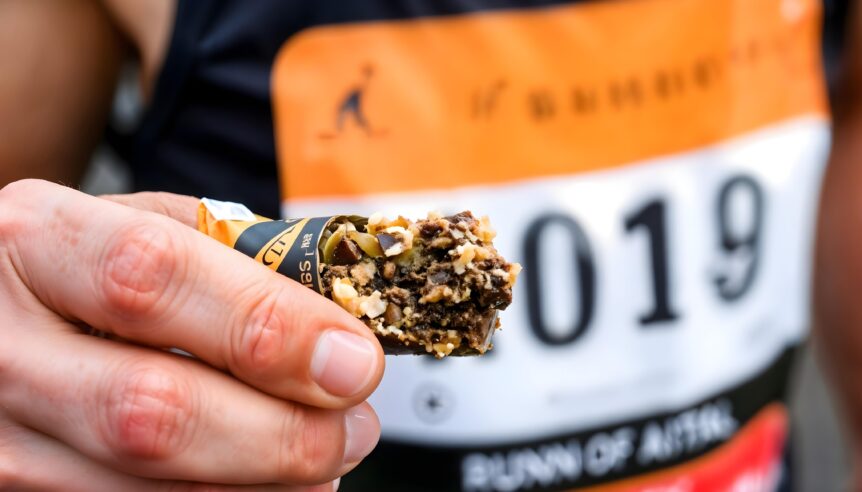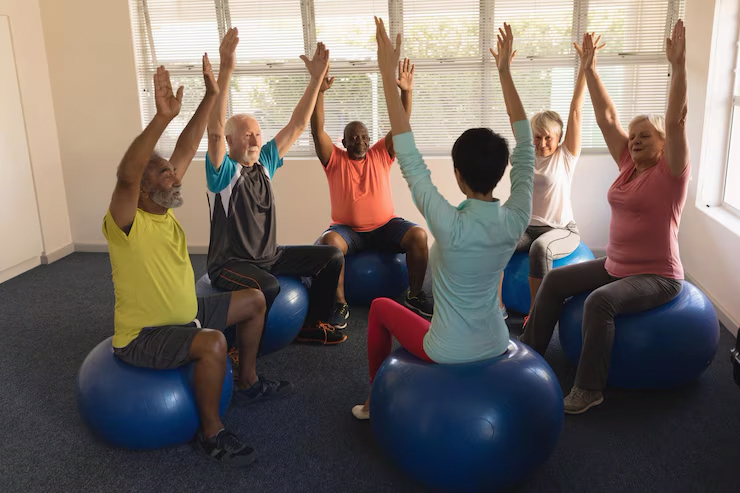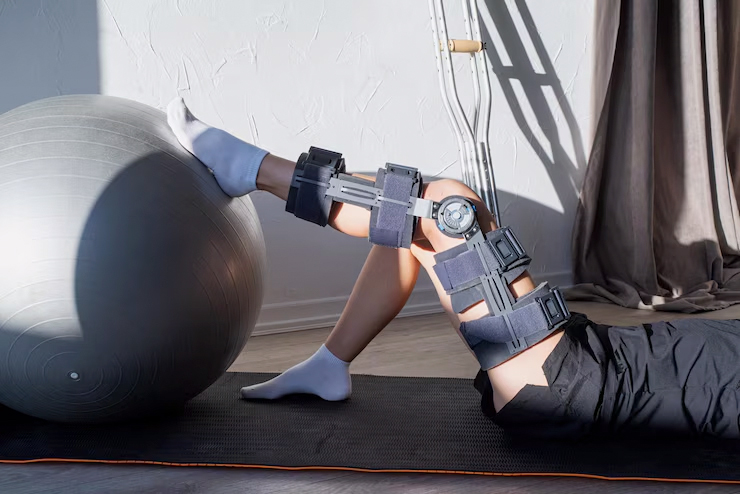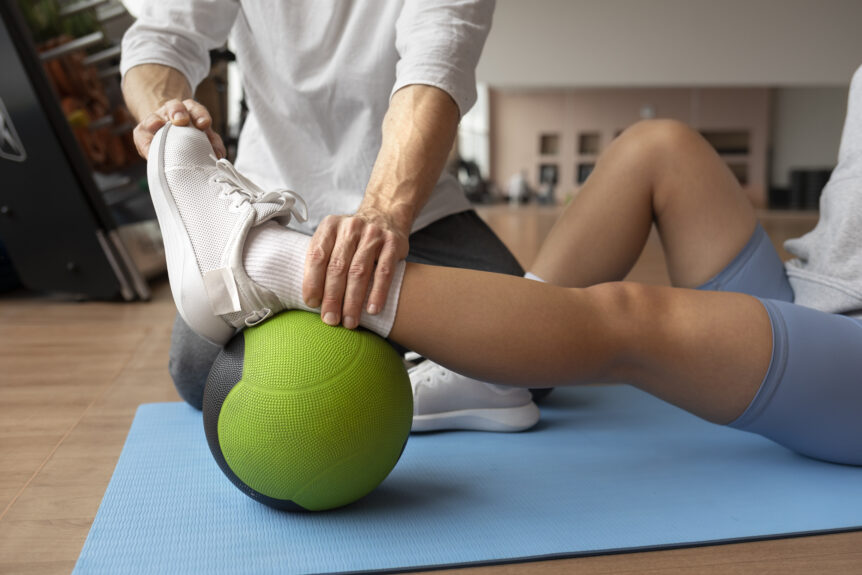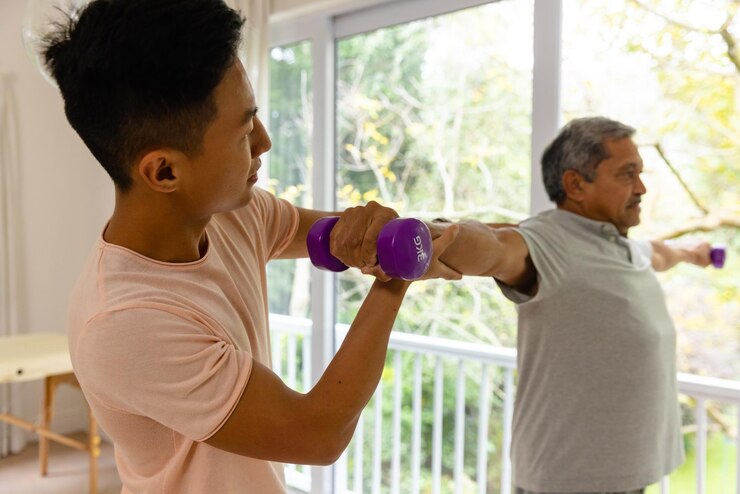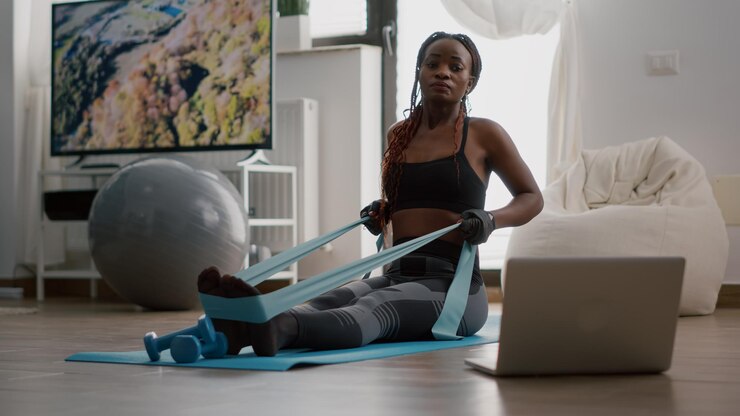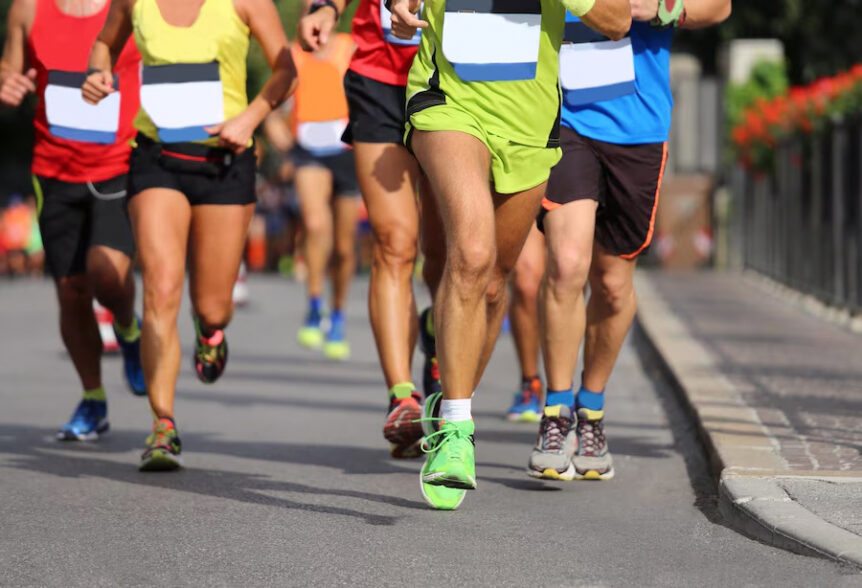Carr, G and Fleddermann, M.-T. Scandinavian Journal of Medicine & Science in Sports 35, no. 7 (2025): e70093, Concussion is common in sports and often shows sex-based differences in symptom severity and recovery, with female athletes experiencing more severe, prolonged symptoms. Hormonal changes during the menstrual cycle may play a role in concussion, but research on this topic has been limited. Therefore, this scoping …
Diet, risk of disordered eating and running-related injury in adult distance runners: A systematic review and meta-analysis of prospective cohort studies
Colebatch, E. A., Fuller, J. T., Mantzioris, E. & Hill, A. M. J. Sci. Med. Sport (2025). Objectives: To determine whether diet and disordered eating risk contribute to running-related injury risk in adult (≥18 years) distance runners. Design: Systematic review and meta-analysis. Methods: Random effects meta-analyses of prospective cohort studies compared dietary intake and disordered eating risk in distance runners …
Protein Nutrition for Endurance Athletes: A Metabolic Focus on Promoting Recovery and Training Adaptation
Witard, O. C., Hearris, M. & Morgan, P. T. Sports Med. 55, 1361–1376 (2025). The purpose of this narrative review is to provide an evidence-based update on the protein needs of endurance athletes with a focus on high-quality metabolic studies conducted on the topics of recovery and training adaptation over the past decade. We use the term ‘protein needs’ to …
Physical Activity to Counter Age-Related Cognitive Decline: Benefits of Aerobic, Resistance, and Combined Training—A Narrative Review
Dhahbi, W., Briki, W., Heissel, A., Schega, L., Dergaa, I., Guelmami, N., Omri, A. E. & Chaabene, H. Open 11, 56 (2025). Background: With the increase in life expectancy, age-related cognitive decline has become a prevalent concern.Physical activity (PA) is increasingly being recognized as a vital non-pharmacological strategy to counteract this decline. This review aimed to (i) critically evaluate and …
Altered Metabolic Activity and Morphology of Lower Limb Muscles 1–2 Years Following Anterior Cruciate Ligament Reconstruction
Dutaillis, B., Collings, T., Bellinger, P., Timmins, R.G., Kennedy, B. and Bourne, M.N. (2025), Scand J Med Sci Sports, 35: e70079. The purpose of this study was to explore between-limb differences in gluteal, quadriceps, hamstring, and triceps surae muscle size and activity during a repeated vertical jump-landing task in individuals with a history of unilateral anterior cruciate ligament reconstruction (ACLR). …
Do physical or imaging changes explain the effectiveness of progressive tendon loading exercises? A causal mediation analysis of athletes with patellar tendinopathy
Deng, Jie et al. Journal of Science and Medicine in Sport, Volume 28, Issue 6, 458 – 464 ObjectivesTo investigate whether the effectiveness of progressive tendon loading exercises (PTLE) on patellar tendinopathy is mediated through changes in physical or imaging properties. DesignMediation analyses based on a randomized clinical trial (n = 76) in patellar tendinopathy comparing PTLE with eccentric exercise therapy (EET). …
Muscle Matters: Bridging the Gap Between Terminology of Age-Related Muscle Loss and Exercise Interventions
Araújo, C. G. S. & Tou, N. X. . J. Aging Phys. Act. 33, 209–211 (2025). Key Points Age-related loss of muscle is associated with adverse health outcomes leading to disability and higher risk of mortality. Various criteria used to define sarcopenia have involved not only muscle mass but also muscle function. Age-related muscle loss terminology should follow specification of …
Physiological Resilience: What Is It and How Might It Be Trained?
Jones, A. M. & Kirby, B. S. Scand. J. Med. Sci. Sports 35, (2025). Physiological resilience has recently been recognized as an additional factor that influences endurance exercise performance. It has thus been incorporated into a modified, contemporary version of “the Joyner model” which acknowledges that start-line values of V̇O 2 max, efficiency or economy, and metabolic thresholds are prone …
Pre-Participation Evaluation of Recreational and Competitive Athletes – A Systematic Review of Guidelines and Consensus Statements
Weise, A., Könsgen, N., Joisten, C., Schlumberger, F., Hirschmüller, A., Breuing, J. & Gooßen, K. Sports Med. – Open 11, 33 (2025). Background Pre-participation evaluation (PPE) aims to support safe participation in sports. The goal of this systematic review was to aggregate evidence- and consensus-based recommendations for the PPE of recreational or competitive athletes as preparation for developing a German …
Reversible reduction in brain myelin content upon marathon running
Ramos-Cabrer, P., Cabrera-Zubizarreta, A., Padro, D., Matute-González, M., Rodríguez-Antigüedad, A. & Matute, C. Nat. Metab. 7, 697–703 (2025). Here we use magnetic resonance imaging to study the impact of marathon running on brain structure in humans. We show that the signal for myelin water fraction—a surrogate of myelin content—is substantially reduced upon marathon running in specific brain regions involved in …


